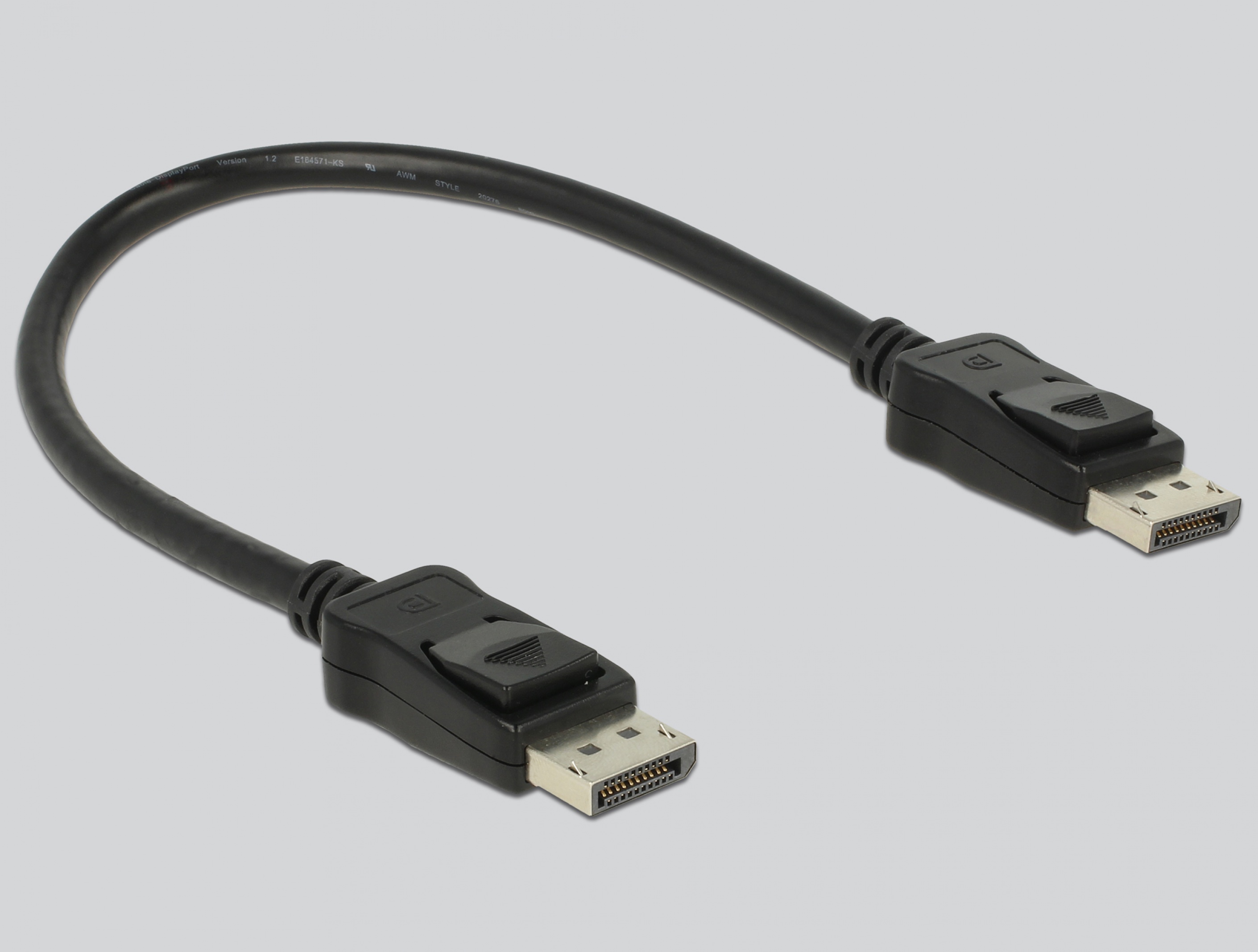
In addition, PCIe 3.0 also supports backward compatibility. The PCIe 3.0 encoding scheme changed from the previous 8b/10b to the more efficient 128b/130b, reducing the 20% bandwidth overhead of PCIe 2.0 to 1.54%, and other specifications are basically unchanged.


In November 2010, PCI-SIG introduced PCI Express 3.0 with 8 GT/s transfer rate. PCIe 2.1 supports most of the management, support, and troubleshooting systems to be implemented in PCI Express 3.0, but PCIe 2.1 cards are not compatible with some older motherboards with 1.0/1.1a d due to the increase in power from the slot. It can provide data rates per lane up to 4 Gbit/s from its raw data rate of 5 GT/s. PCIe 2.0 has improved the point-to-point data transfer protocol. In addition, PCIe 2.0 motherboard slots are fully backward compatible, while PCIe 2.0 cards are basically backward compatible. The PCI Express 2.0 introduced by PCI-SIG in 2007 increasing the data rate per lane to 500MB/s, so the 32-lane PCIe connector can support up to 16 GB/s transfer speed. The PCIe 1.1 introduced in 2005 only made some improvements without improving the data rate. PCI-SIG released PCIe 1.0a in 2003, the data rate per lane reached 250 MB/s, and the transmission rate reached 2.5GT/s. Since the release of PCI Express 1.0a in 2003, after many adjustments and improvements, several versions of PCI Express have been released, and PCI Express 6.0 may be released in 2021.

Tip: If you want to make some changes to SSDs or hard drives, you can try MiniTool software.


 0 kommentar(er)
0 kommentar(er)
